Certainly, what we call things matters. And when we fail to acknowledge the difference between natural and man-made structures, we gloss over the immense influence we currently exert on our environment. ..
Orrin Pilkey calls many extremely hard nourished beaches something like “seaside recreation platforms” because they have few other features in common with real beaches, especially those in Florida in which the dredging has brought ashore a lot of shell and fines that cement the sand into a concrete-like surface. ~~~ Climatide
My head continues to exlode as I read of all the Governor’s so called passion and commitment to “dunes”.
So, just what is a “dune”?
If it looks like a dune and acts like a dune, is it a dune?
Is what the Governor talking about really a coastal “dune”?
Or some nostalgic notion shaped by a carnival barker, Snooki and Springstein?
Man made engineered dunes are costly, do not protect homes from flooding, create a false sense of security, undermine natural coastal processes, and invite even more over-development in harm’s way. DEP’s own Coastal Hazard Assessment Reports (309 Assessment) used to say all that, but not anymore!
“If I was king, we would restore dunes, but we wouldn’t rebuild destroyed homes close to the beach, and we’d move some buildings back anyhow,” said Orrin H. Pilkey, the James B. Duke Professor Emeritus of Earth and Ocean Sciences at Duke University. “We would also put in regulations prohibiting intensification and development.” ~~~ NY Times
But, more narrowly, for an otherwise excellent discussion of this issue from some wise people from Cape Cod, see: The difference between dunes, escarpments, and piles of sand
Similar scientific and values questions are being asked on Long Island – but I’m not aware of that discussion in NJ – an absence of debate that is as troubling as the Governor’s demagoguery (that continues to be uncritically reported by NJ press lapdogs).
[Note: The USGS makes it clear that natural dune processes are not consistent with fixed development – including man made “dunes”. USGS scientists also note – contrary to repeated misleading statements by the Governor Christie – that dunes are not a panacea in terms of providing protection to development:
“Coastal dunes are our last line of natural defense from the onslaught of storms and rising seas,” said USGS Director Marcia McNutt. “They are dynamic features that retreat from the battering of major storms like Sandy and rebuild in the aftermath; their natural cycle is inconsistent with immobile development.” …
“We found that there was widespread dune erosion and overwash,” Hapke said. “On average, where the dunes were not completely overwashed, they eroded back 70 feet — the equivalent of 30 years of change. Our research also showed that dunes lost as much as 15 feet of elevation.“
The NJ coast is a highly managed project of engineering.
Accordingly, the NJ DEP CAFRA regulations define a “dune” as follows:
“Dune” means a wind-or wave-deposited or man-made formation of sand that lies generally parallel to and landward of the beach, and between the upland limit of the beach and foot of the most inland slope of the dune. Dune includes the foredune, secondary and tertiary dune ridges, and all landward dune ridges and mounds, as well as man-made dunes where they exist. A small mound of loose, windblown sand found in a street or on part of a structure as a result of storm activity is not considered to be a dune.
Or, more accurately, a “seaside recreation platform” – SRP!

Christie "on the beach" - I like the mat, "royal" blue, fit for a King! (Source: Gov. Christie's Office)
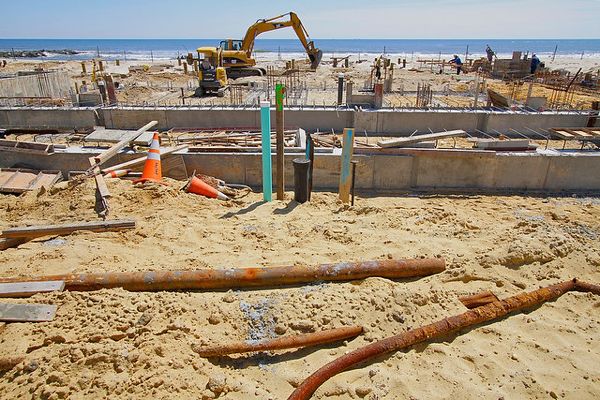
Construction of a beach club pool in Spring Lake as the six month anniversary of Hurricane Sandy approaches. Spring Lake, NJ 4/25/13 (Tony Kurdzuk/The Star-Ledger)

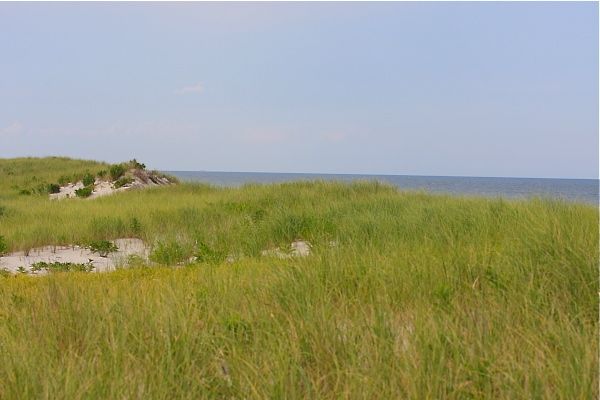

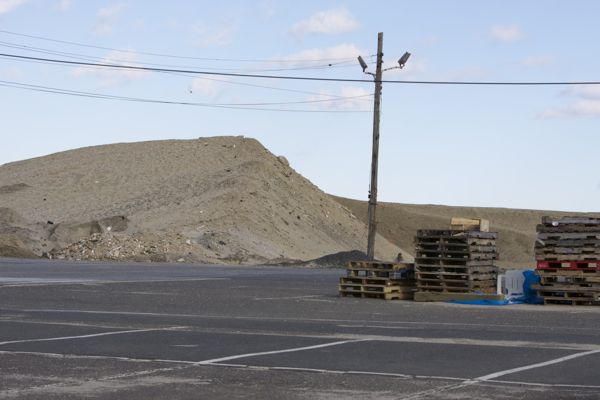
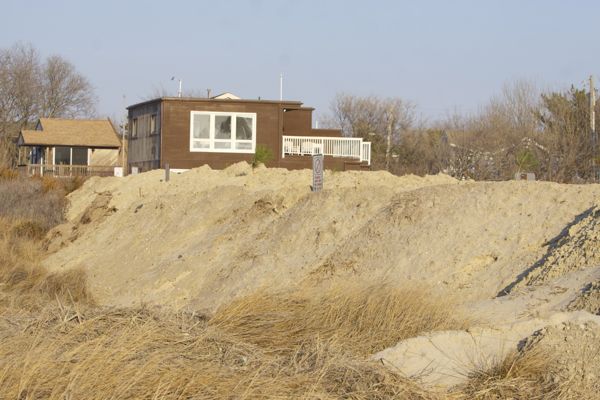
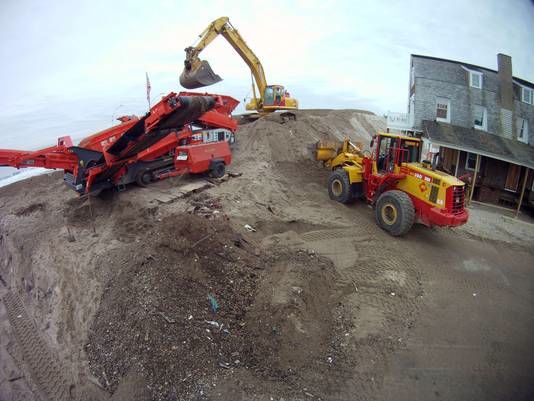
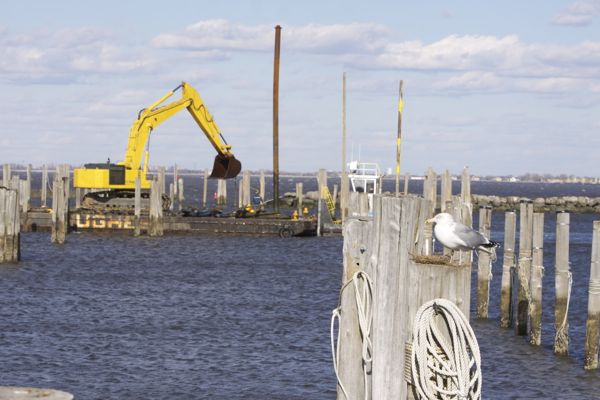
Pingback: azine bandcase aecial
Pingback: roger vivier sale
Pingback: fitflop pas cher
Pingback: mbt cheaussures
Pingback: شركة تنظيف
Pingback: ultra garcinia cambogia price
Pingback: nike air max 90 black
Pingback: nike roshe gs galaxy
Pingback: WolfeNotes.com » Bay Bay Flooding – In The Face of Climate Change – Highlights Imperative of Strategic Retreat